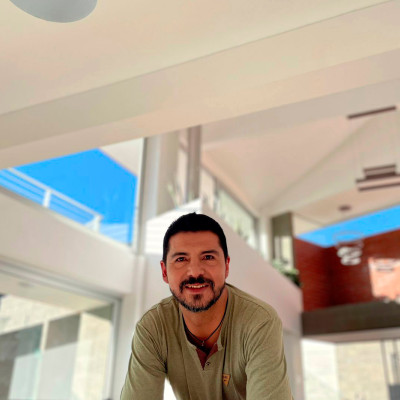5 key facts about this project
The primary function of this project focuses on enhancing the everyday experiences of its users. It is designed to accommodate [insert primary functions, such as residential, commercial, community, or mixed-use spaces], fostering interactions among occupants while inviting the community to engage with and utilize the space. The careful planning and layout reflect an understanding of flow and accessibility, aiming to provide a seamless transition between various activities within the building. Key areas include [mention important spaces, such as communal lounges, meeting rooms, or recreational areas], which are thoughtfully designed to promote socialization and connectivity.
One of the notable aspects of this design is the strategic use of natural light. Large, strategically placed windows and open spaces maximize sunlight exposure, reducing the need for artificial lighting while enhancing the overall ambiance. This design choice not only makes the interior spaces more inviting but also helps to create a strong connection with the outdoors, blurring the lines between inside and outside. Additionally, the building’s orientation and landscaping have been meticulously considered to optimize views and promote natural ventilation.
The project’s materiality plays a critical role in its execution. A careful selection of materials, including concrete, glass, wood, and brick, showcases a commitment to durability and sustainability. The use of concrete provides structural integrity while also allowing for versatile design elements. Glass is used abundantly to create transparent barriers that maintain openness and visual access, inviting the vibrancy of the external environment indoors. Meanwhile, wood and brick are incorporated to introduce warmth and texture, aligning the structure with the local architectural vernacular and emphasizing its connection to the community.
One unique design approach evident in this project is the incorporation of green spaces both inside and outside the building. Rooftop gardens, vertical greenery, and landscaped courtyards not only enhance the aesthetic appeal but also promote biodiversity and provide residents with areas for relaxation and recreation. These elements underscore a commitment to sustainability and environmental responsibility, setting an example for future architectural endeavors. Furthermore, the integration of these green spaces reflects a thoughtful understanding of the local climate, enhancing the ecological performance of the building.
The architectural design is further distinguished by its attention to detail. Elements such as [insert specific details, such as textured facades, unique rooflines, or innovative lighting solutions] have been carefully crafted to lend character to the structure while serving functional purposes. This meticulous attention reinforces the project’s identity and ensures a cohesive narrative throughout the design.
As this project unfolds, it continues to evolve alongside the community it serves. The design not only addresses immediate needs but anticipates future growth and potential changes in the urban fabric. This forward-thinking approach embodies a key tenet of successful architecture: the ability to adapt and connect with its context over time.
For those interested in delving deeper into the complexities of this architectural project, it is worthwhile to explore the architectural plans, sections, and designs that provide comprehensive insights into its planning and execution. Engaging with these materials can offer a more nuanced understanding of the architectural ideas that drive this design, revealing the intricacies that make it a noteworthy addition to the built environment. The project serves not only as a physical space but as an evolving dialogue with its users and surroundings, inviting continuous exploration and engagement.


 Dennys Garcia
Dennys Garcia 























